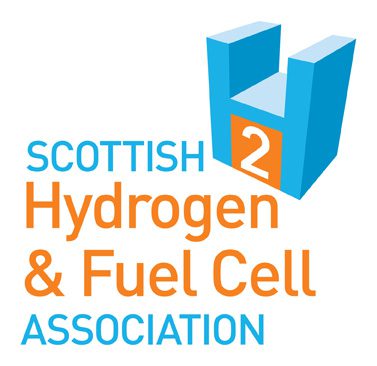
The Energy Networks Association has published the latest Gas Network Innovation Strategy which complements the previously released Electricity Network Innovation Strategy. These updated innovation strategies for gas and electricity networks have been joined by a new ‘whole systems’ Energy Networks Strategy, the ‘Energy At A Glance’ summary strategy for both Gas and Electricity Networks. This will help find new ways for Britain’s gas and electricity grid infrastructure to work together in a more integrated way, as the country looks towards an expansion of zero carbon technologies across a range of different sectors.
These innovation strategies have been developed following extensive consultation with the wider energy industry. Based on extensive stakeholder feedback the top three research areas which were identified as the near-term priorities for the gas networks were:
1. Actively develop hydrogen and green gas ready networks
2. Enable the transition to low carbon heating and transport
3. Develop market solutions to enable the energy transition
Between 2008 and 2019 gas and electricity network companies delivered over 1,100 different projects in communities and regions across Great Britain. These projects have underpinned the country’s renewables revolution, whilst driving up efficiency of Britain’s energy network infrastructure to keep down costs for the public. Examples of current projects include:
• The HyDeploy Project at Keele University, a world leading hydrogen project which provides the first ever live demonstration of hydrogen for heating in homes, at a time when policymakers continue to grapple with the issue of reducing household carbon emissions.
• The Social Constraint Managed Zone, a partnership between network companies and fuel poverty charity National Energy Action that helps communities sell smart energy ‘flexibility services’ to the grid, using technologies such as solar panels, batteries and electric vehicles to reduce the need for network companies to build new infrastructure.
• Zero 2050 South Wales, which brings together energy network companies, local and international businesses and communities in South Wales to model and plan how the region will play its part in helping the UK meet its Net Zero target.
The three updated innovation strategies are based on five key principles to ensure projects deliver a lasting, wider impact to us all:
• Delivering customer benefits – ranging from efficiency savings and a better customer experience, to the accelerated decarbonisation of our energy system.
• Providing opportunities for collaboration – projects should deliver shared learning, and increase collaboration between network companies and the wider energy sector
• Delivering a carbon impact – projects should have a positive impact on achieving the UK’s Net Zero emissions target whenever possible.
• Using data and inputs – the lessons of network innovation activity should be made available to all in a consistent and accessible format.
• Delivering scale and roll-out – innovation activity should deliver transformational change, identifying methods to scale up and roll out new practices, processes and technologies.
Commenting, David Smith, Chief Executive of ENA, said: “From connecting ever greater levels of renewable energy to finding the new solutions we need for decarbonising heat and transport; our energy network infrastructure is already at the centre of delivering a world leading Net Zero economy. That role is set to grow, as that infrastructure takes on new responsibilities to deliver decarbonisation. We need to ensure our network infrastructure is future-ready, that our approach is transparent and accountable and that it is focussed as much on local needs as it is on national ones. The five principles set out in these strategies set out just how network innovation will do that.”
These three network innovation strategy documents set out the principles that energy network companies will adhere to as they commission a new generation of innovation projects up and down the country, helping Britain slash its carbon emissions between now and 2050, reduce costs and deliver better services to consumers. Both the gas and electricity innovation strategies have the same shared network innovation themes of consumer vulnerability, net zero and the energy transition, optimised assets and practices, flexibility and commercial evolution, and the whole energy system approach.
Links to download the documents:
– Gas Network Innovation Strategy 2020
– Energy At a Glance Strategy 2020
– Electricity Network Innovation Strategy (March 2018)

Leave a Reply